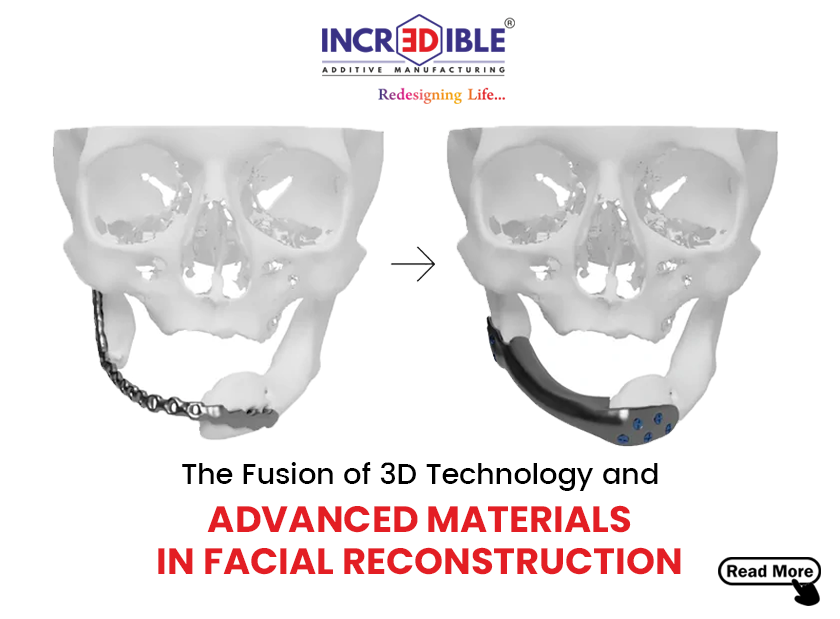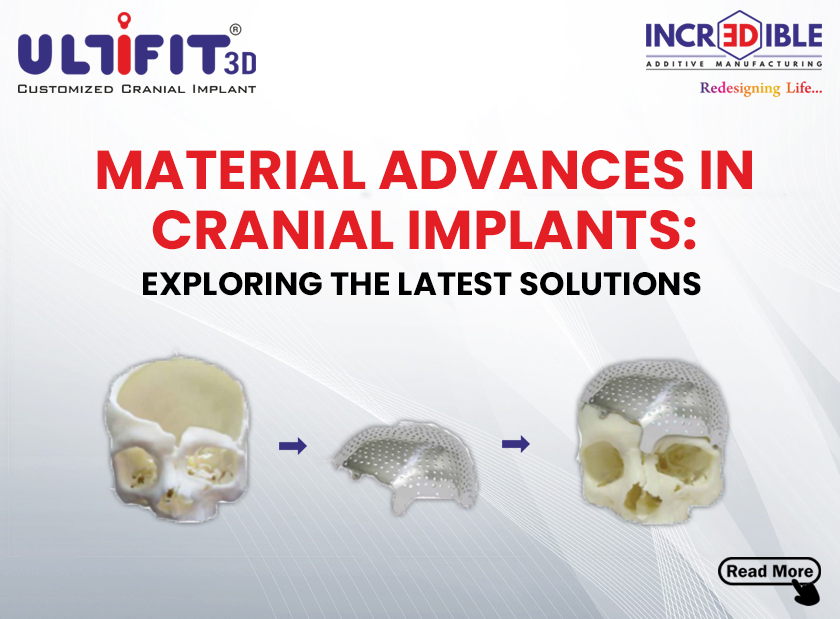The most common soft tissue sarcomas of the upper extremity are the epithelioid sarcoma, synovial cell sarcoma, and malignant fibrous histiocytoma.Primary bone malignancies, with the most common types such as osteosarcoma, chondrosarcoma, and Ewing sarcoma, may require not only different diagnostic strategies and treatments, but also different reconstructive approaches with a frequent need for combined bone and soft tissue reconstruction.
Historically, amputation was the treatment of choice for a neoplasm of the hand, wrist, and forearm, but limb-sparing procedures have become feasible largely because of advances in diagnostic imaging, reconstructive microsurgery, and adjuvant radiotherapy and chemotherapy.
Limb salvage surgery is the treatment of choice for soft tissue sarcomas in an effort to preserve upper extremity function. The goals of limb salvage surgery is to achieve resection of the tumour and preserve hand function without the risk for local recurrence. To adequately address upper extremity sarcomas, and the ability to cure and functionally preserve the extremity, a multimodal and complex, function-conscientious management is often offered.
Increased feasibility of limb salvage procedures as treatment option in sarcomas of upper extremity by 3D printing parts
Pre-operative planning
High resolution bilateral computed tomography (CT) scans of both limbs are obtained according to a specific protocol. The images of the CT scan are loaded into medical image processing software with individual bones segmented and converted into 3D design files. A mirrored version of the normal bone is superimposed over the diseased bone, which enables the surgeons to three-dimensionally evaluate the deformity intuitively and quantitatively. Anatomical models are 3D printed in medical grade material and sterilized to be used during the surgical procedure. These models can also help patients to understand their condition, which improves patient compliance.To reproduce the virtual surgical plan in the operating room, patient-specific guides andpatient-specific implants, are designed and manufactured through 3D printing.
Surgery
A custom-made part is fixed with screws into the pre-drilled holes, automatically leading to the planned reduction. Autologous bone grafts are used to fill the defect at the osteotomy site.A patient-specific instrument is designed and 3D printed to reproduce the pre-determined size of the graft accurately.
Post-surgery recovery
Functional results of immediate major reconstructive procedures can be impressive, and they are technically possible in an immediate single-stage surgery.
Importance of 3D printed jigs and plates
With the advancement of technology in medicine, limb salvage procedures involve3D printed implants for support as mentioned above. Jigs and plates are now available in material of choice as per indication and requirement for the surgery of upper extremity that are bio-compatible, autoclavable & ETO sterilization compatible. These implants help precise resection of bone tissues to the perfection and conserves bone tissue to ensure strength, stability & functionality. These factors enhance the feasibility of this surgery.
Conclusion
Surgical guidelines for the treatment of upper extremity sarcomas evolved from amputative approaches to limb salvage surgery, due to immediate functional restoration. The availability of high quality 3D printed implants is one of the major reasons for its feasibility. Incredible AM Pvt. Limited with its 3D printed implants LimbSal Ortho is the first choice of surgeons. The material used is biocompatible and can be selected as per the demand of the surgical implant to be printed. Connect with our team of experts for more details regarding our product and processes.




